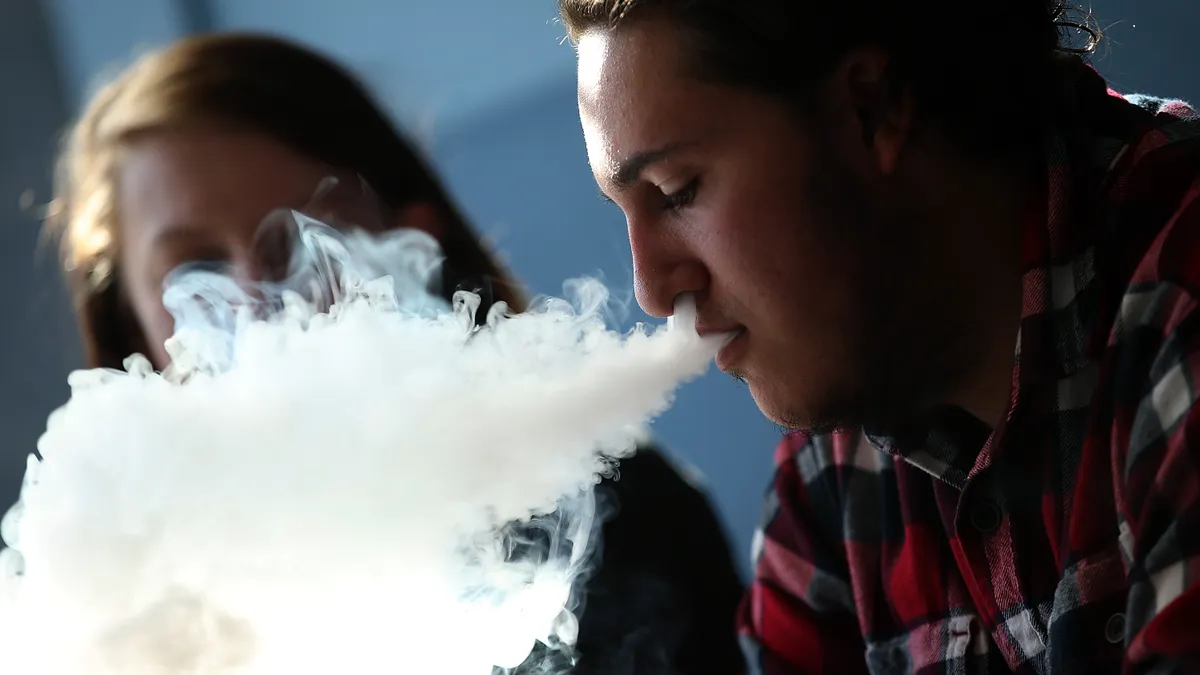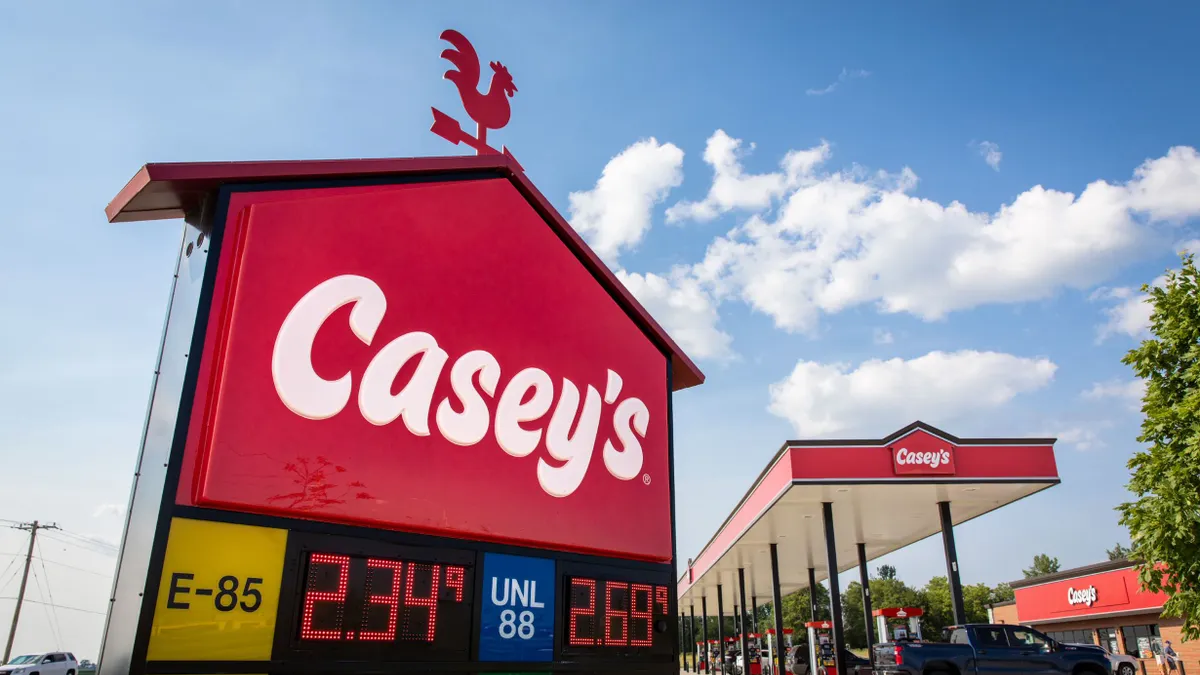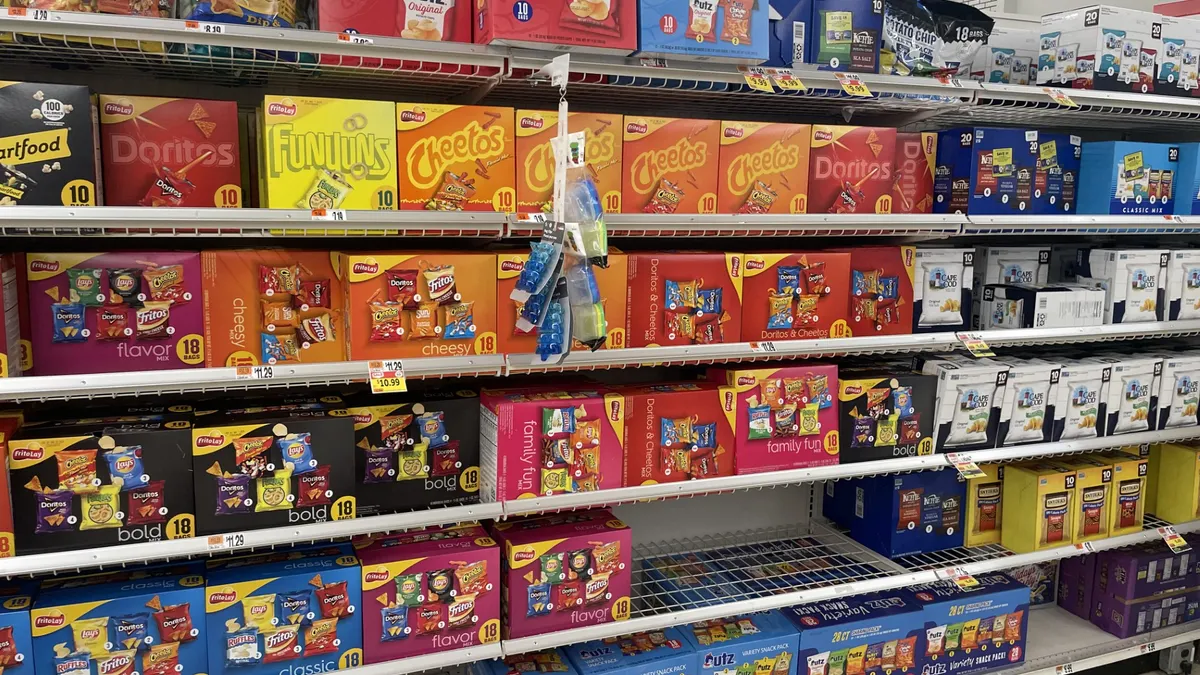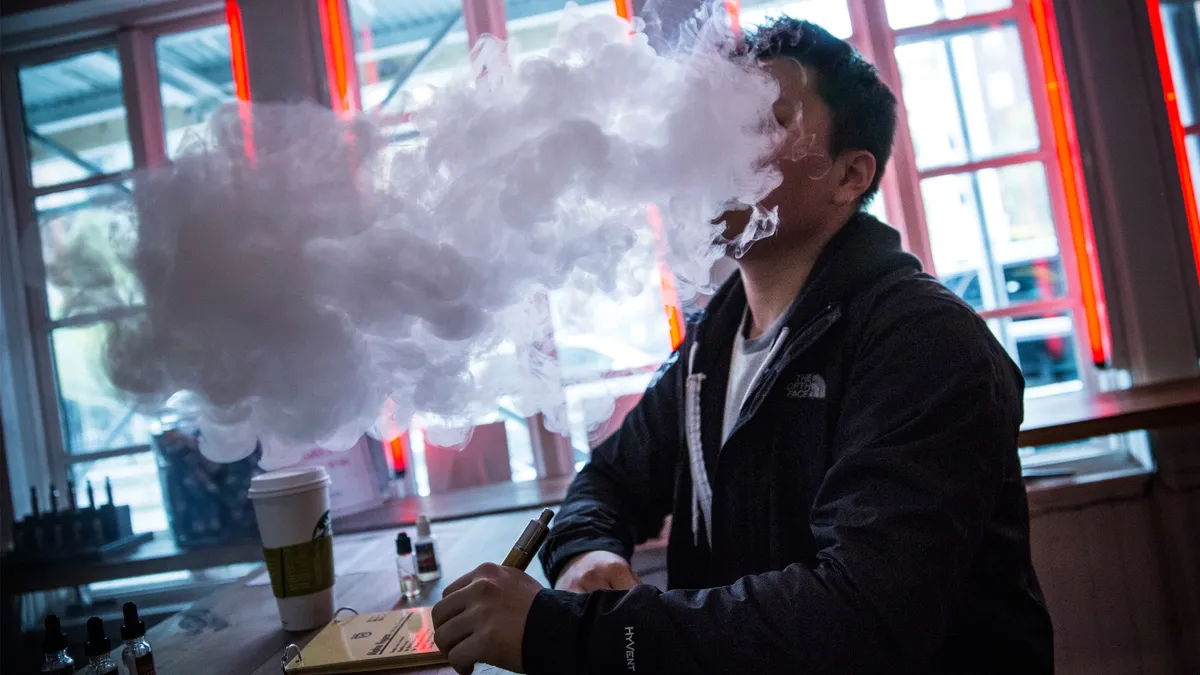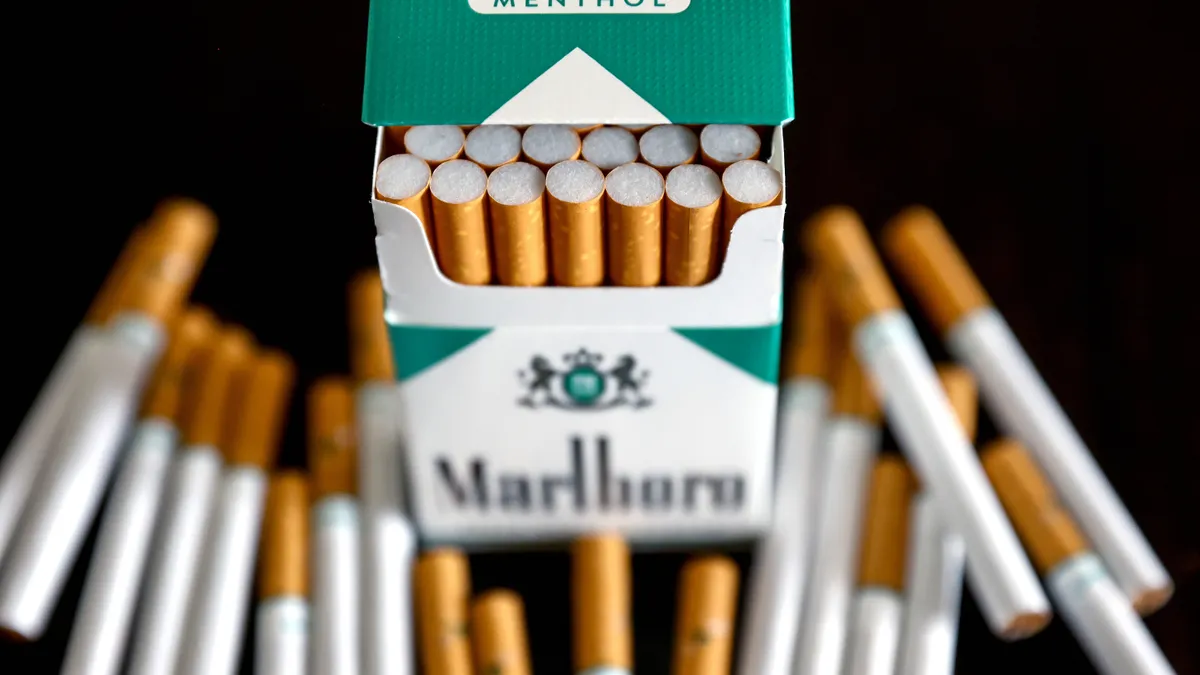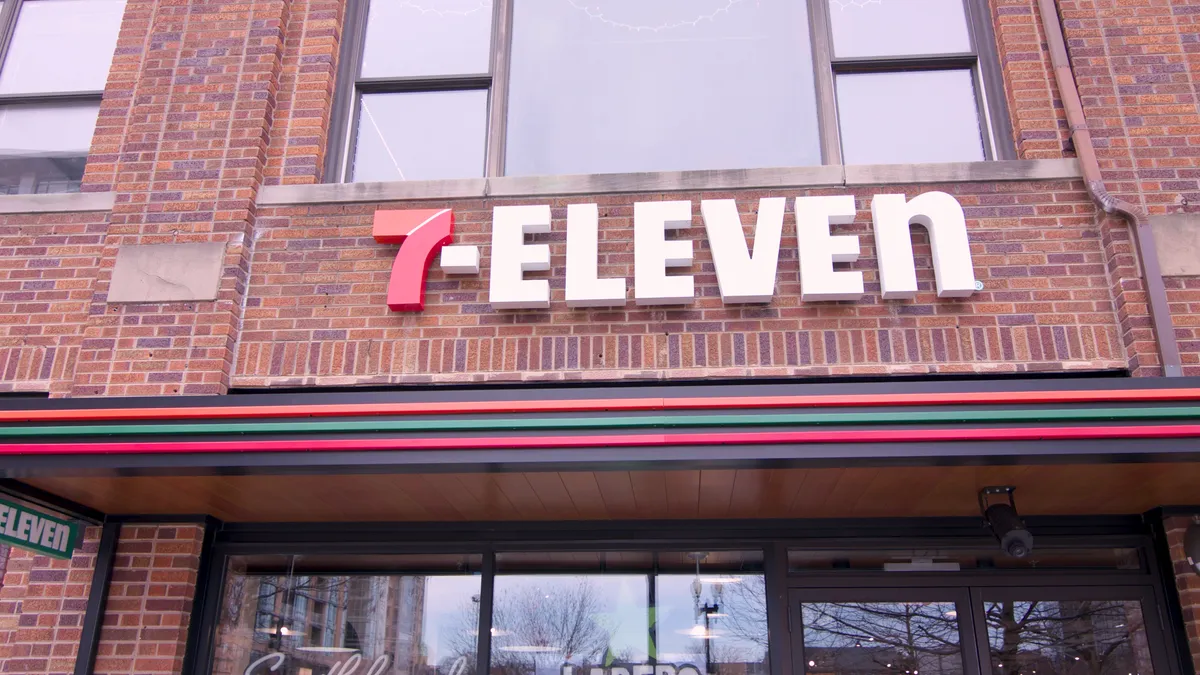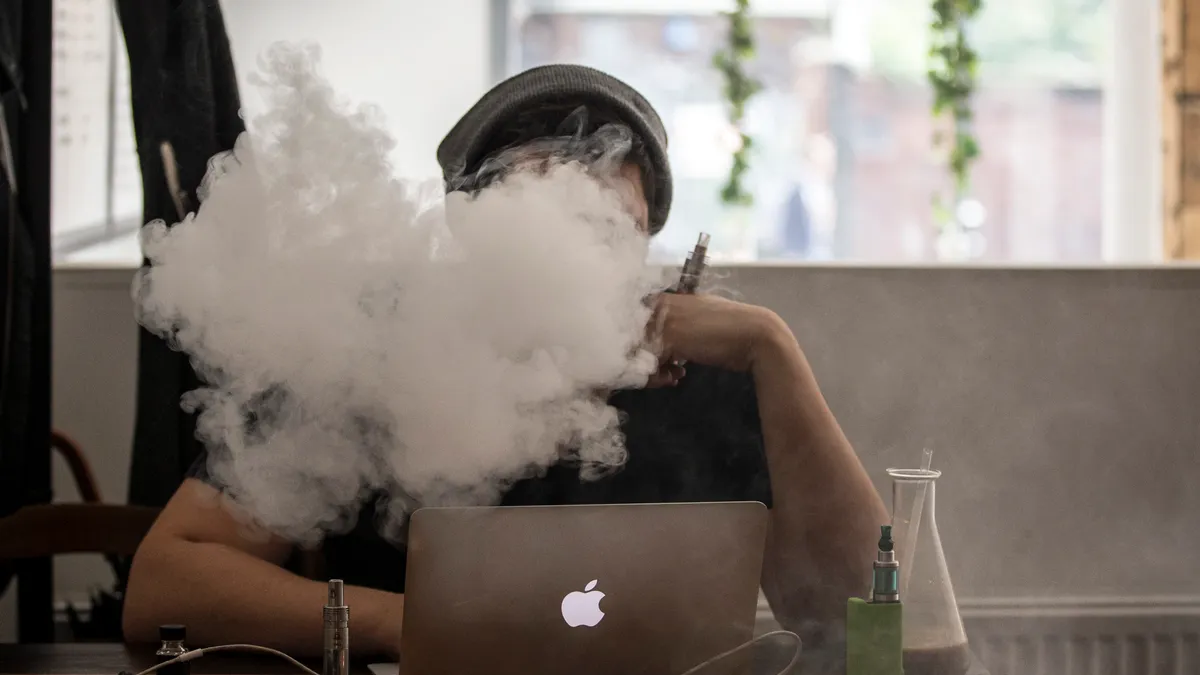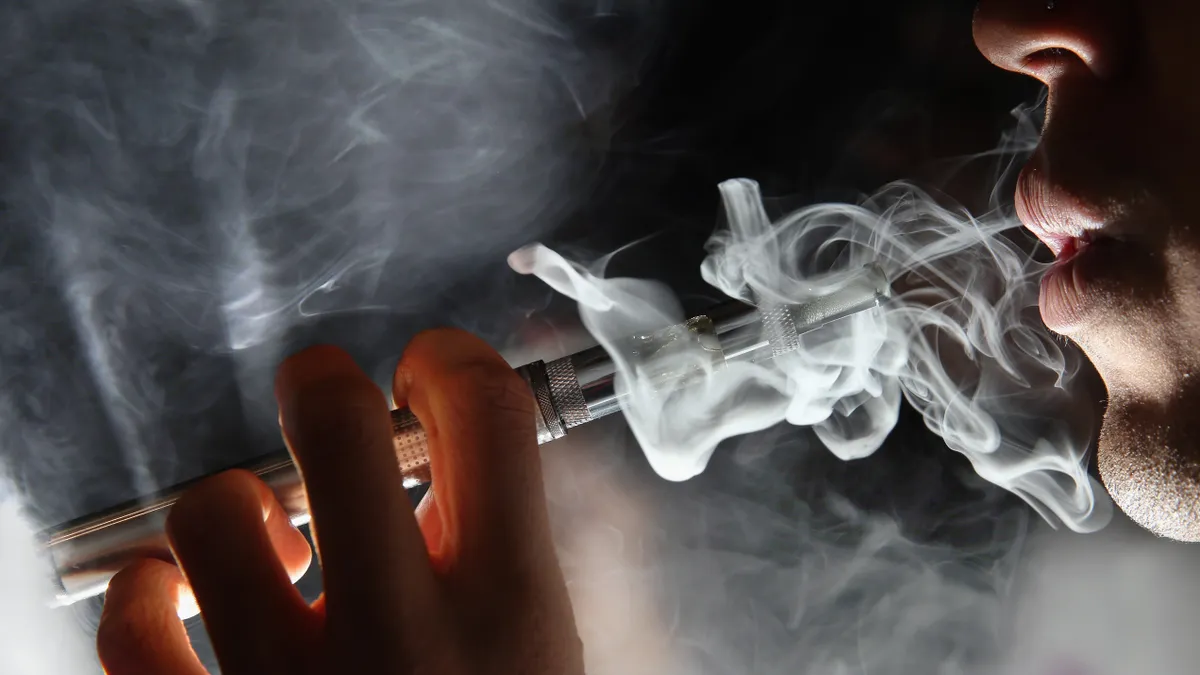Over the past several years, vaping products have looked like a surefire solution for c-stores looking to stem falling tobacco sales. But the path forward for vapes is looking increasingly murky.
E-cigarette sales more than tripled from 2014 to 2022, according to data from Statista. However, sales of vaping products were down 14% in the first quarter of 2023, compared to the same time the year before, according to Management Science Associates Inc. (MSA).
This is likely due to the lack of flavors being offered, said Don Burke, senior vice president for the Pittsburgh-based company.
Flavors in vaping products are under scrutiny by the Food and Drug Administration, which outlawed most flavoring in cartridge-based vapes in 2020 and is reviewing millions of these products via their premarket tobacco product applications (PMTAs). This process determines whether a product can help a consumer reduce or quit smoking and whether or not the FDA will allow it to stay on the market.
It's an expensive and time-consuming undertaking, said Bryan M. Haynes, partner, Troutman Pepper, a law firm headquartered in Atlanta.
The vaping decline is largely happening among cartridges, "which have always led sales," Burke said. Even today they bring in more sales than disposables, which are the second-largest category. Sales of vapor cartridges dropped 10% in the year ending in the first quarter of 2023, compared to disposables, whose sales grew by 6% but were down by 0.5% in convenience stores, according to MSA data.
As we came out of the pandemic, it wasn't quite as convenient for consumers to consume vaping products in the workplace as it was at home."

Don Burke
Senior vice president of Management Science Associates Inc.
Disposable vaping products are popular because they offer huge variety in flavors and they're less expensive. "To buy a disposable is about as economic as you can get for the nicotine you want," Burke said.
Although there's a general belief that disposable products don't have to comply with the FDA's new regulations, that's "misguided," said Haynes. That misunderstanding may be highlighted by a recent ramp-up in enforcement actions against makers and retailers of these devices.
Given that 70% of all vaping products are sold in c-stores, according to MSA data, the current picture isn't good news for convenience retailers.
Reasons for the decline
These days, more consumers are purchasing their products at dedicated vape shops. "They can provide all of the products a vape consumer may want," said Burke. And with concern about the regulations, convenience stores are likely offering fewer options, he added.
The variety of vaping products has declined for another reason: The 2019 regulation prohibiting the sale of any nicotine and tobacco products, including vapes, to anyone aged under 21.
Azim Chowdhury, a partner with the Washington, D.C.-based Keller and Heckman law firm, which mostly represents small companies, including mom-and-pop businesses that make vaping products, points out that the overall usage of flavor vaping products has gone down since 2019 "when we saw an initial spike in youth experimentation of these products."
But last year's U.S. National Youth Tobacco Survey, he points out, indicated that youth use and current use of the products has continued to fall "despite the availability of many flavors."
Secondly, more consumers are moving into the modern oral nicotine category, which includes pouches, gums, lozenges and tablets that are placed under the tongue and contain nicotine and flavors but no tobacco, Burke said.
Oral tobacco gains
According to MSA, sales of modern oral products with brands like Zyn, On and Rogue grew by 34% last year and is projecting growth of 14% to 17% this year. Sales of these products in convenience stores are stronger than in any other channel, MSA reported.
However, Haynes raised the question of what the FDA will do about flavored modern oral products.
“Will they apply this overly burdensome requirement as they do for vapes or will they engage in a more balanced inquiry?” he said.
Regulations explained
The vaping category first ran into problems in 2015, when e-cigarette company Juul Labs was accused of deliberately targeting teenagers in the marketing for its addictive nicotine products. By June 2022, the FDA had banned the sale of Juul products in the U.S., though they are still for sale after the agency put an administrative hold on the ban so it could again review Juul's marketing application after the company filed suit.
Several states have also stepped in with their own bans on flavored tobacco products, including California in November, and more have considered such legislation.
Most recently, Juul has sought FDA approval for a new vaping device that it claims an help prevent youth smoking.
For other e-cigarette products, the FDA has received more than six million applications for vaping products "and has denied the vast majority," said Haynes.
Chowdhury believes the extremely high bar the FDA has established for these products makes it unlikely the agency will ever authorize a non-tobacco flavored vape product – or any recreational (non-therapeutic) nicotine product. "A company would have to show some significantly more effective cessation," he says, and making this problem even thornier, he adds is the fact that "we don't know where that line is drawn — 50% more effective, 25%, 100%?"
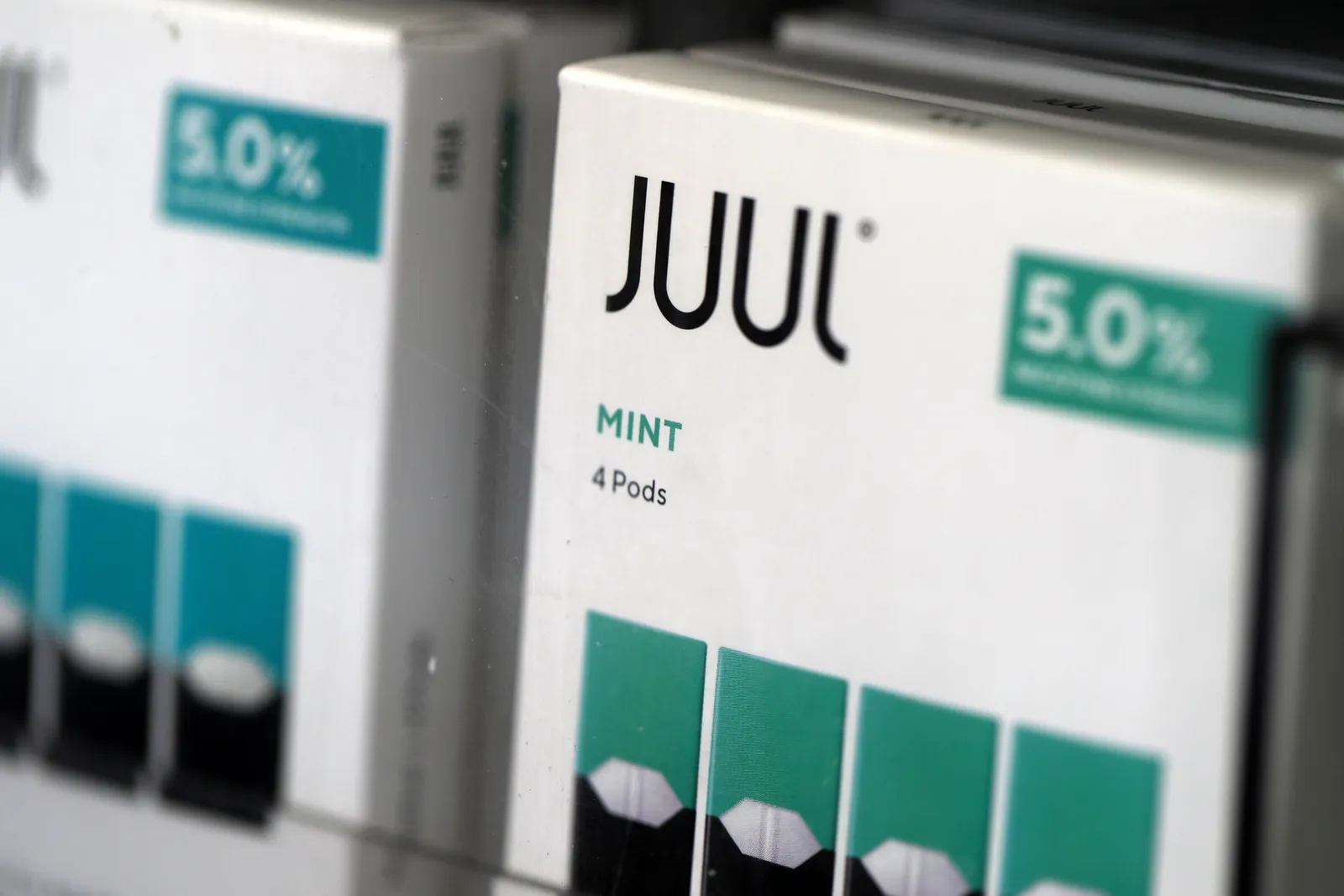
In addition, said Haynes, many products were submitted for approval before these requirements were in place. "So how can people be expected to meet a standard when they didn't know it existed?" he asked.
Making things harder, the FDA is insisting that companies prove each flavor is effective in reducing a person's tobacco consumption, but it's rare anyone would consume just one flavor, Chowdhury said. "It's the combination of all the flavors that helps [consumers] quit better than tobacco."
He is also concerned that if flavors are eliminated, "there's a risk that the cigarette smoking rate will go up and people are less interested in converting." This could reverse a recent trend, with smoking currently at historically low rates for both adults and youth. According to the Centers for Disease Control, in 2021,12% of adults smoked; in 2005 almost 21% of the population smoked. And the 2022 National Youth Tobacco Survey shows that just 2% of high school students smoke.
"The kids who would be smoking are the kids most likely to be vaping today, so there's been some replacement," Chowdhury said.
His other concern is that if there's a ban on flavored products, the black market for them will flourish with no oversight, leading to "a much bigger health hazard."
Boosting sales
To boost sales, Burke recommends that convenience store retailers create counter displays, which "help very much to improve visibility and let consumers know you are carrying vapor products."
Visibility of the product and signage can help a lot, he said — especially window signage that can help bring in consumers from the pumps.
Retailers need to be careful, Burke pointed out, that they're only selling products that are FDA approved or under review by the FDA. "As long as they are being considered they're OK to sell, "said Burke, "and that's the trickiest thing for retailers to find out."
The best ways to find this information is either from tobacco distributors or the manufacturer themselves, he pointed out.
Retailers can also check out their state's directory of companies that have complied with the FDA's regulations, added Haynes.
Burke expects more of the same for the rest of this year, with overall sales forecast to decline 7% to 9% for 2023. However, he's more hopeful for 2024 and 2025 as life gets closer to the pre-COVID-19 normal.
"As we came out of the pandemic, it wasn't quite as convenient for consumers to consume vaping products in the workplace as it was at home," he said.
And he added, "for cigarette consumers, it presents a less harmful alternative. As technology continues to improve and the experience becomes better, more and more consumers will return to the [vaping] category.”


